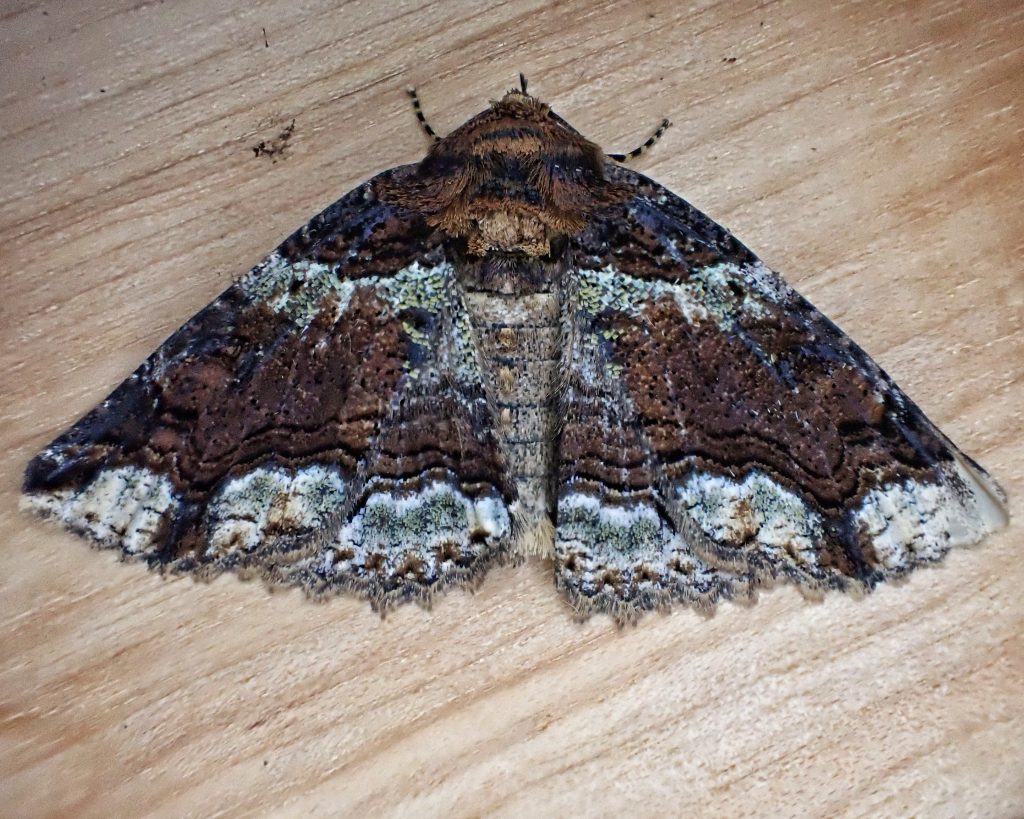
The first time I saw a Zale minerea was on the most spectacular night of mothing I’ve ever had. The temperature on that late May afternoon had gotten into the 90s, and it was still 72 when we packed up at 1am. There were almost 50 different species of moths that visited the lights, and when I started to tear down there were well over 300 moths (I attempted to count them but quickly progressed to estimating blocks, and finally just gave up) hanging out and fluttering around. It was very cool!
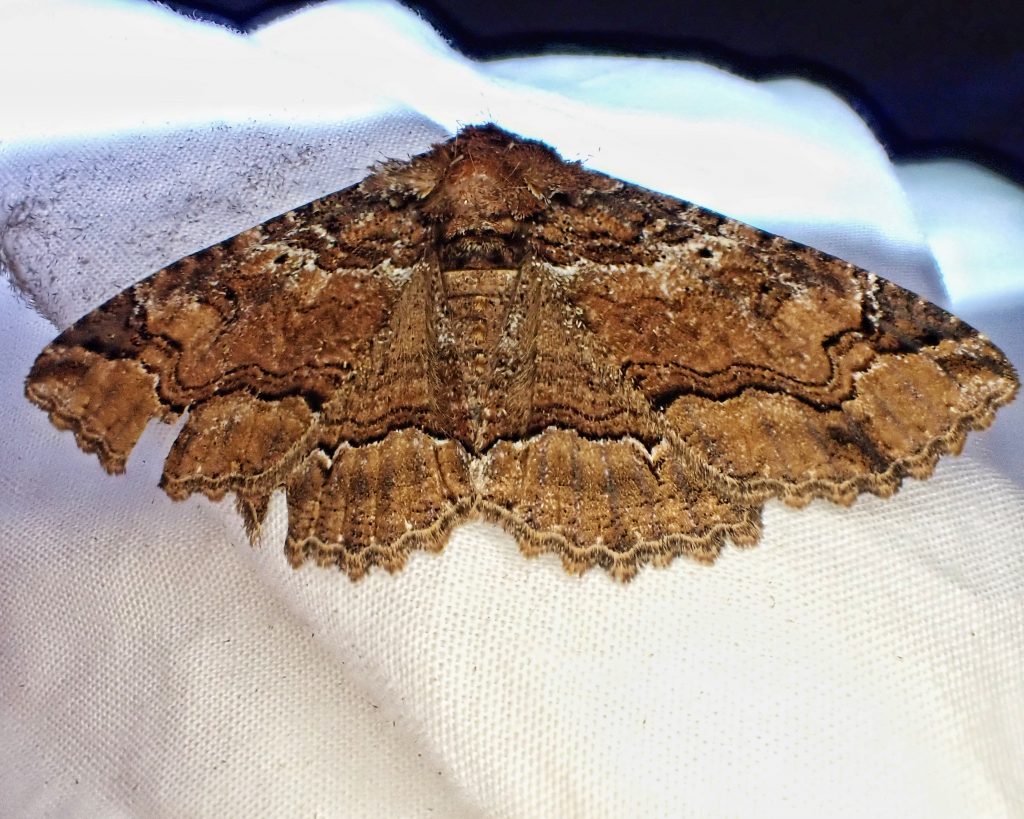
There was so much action that I almost missed the first Zales (both Z. minerea and Z. lunata graced us with their presence) that arrived, mistaking them for Geometers, which they superficially resemble, due to resting with their wings spread flat. But when I finally looked closely, and noticed that tall, transverse tuft of hair on the thorax, I knew it was no geometrid, although it took until finding the third one before it penetrated the plaque on my synapses that it was a Zale!
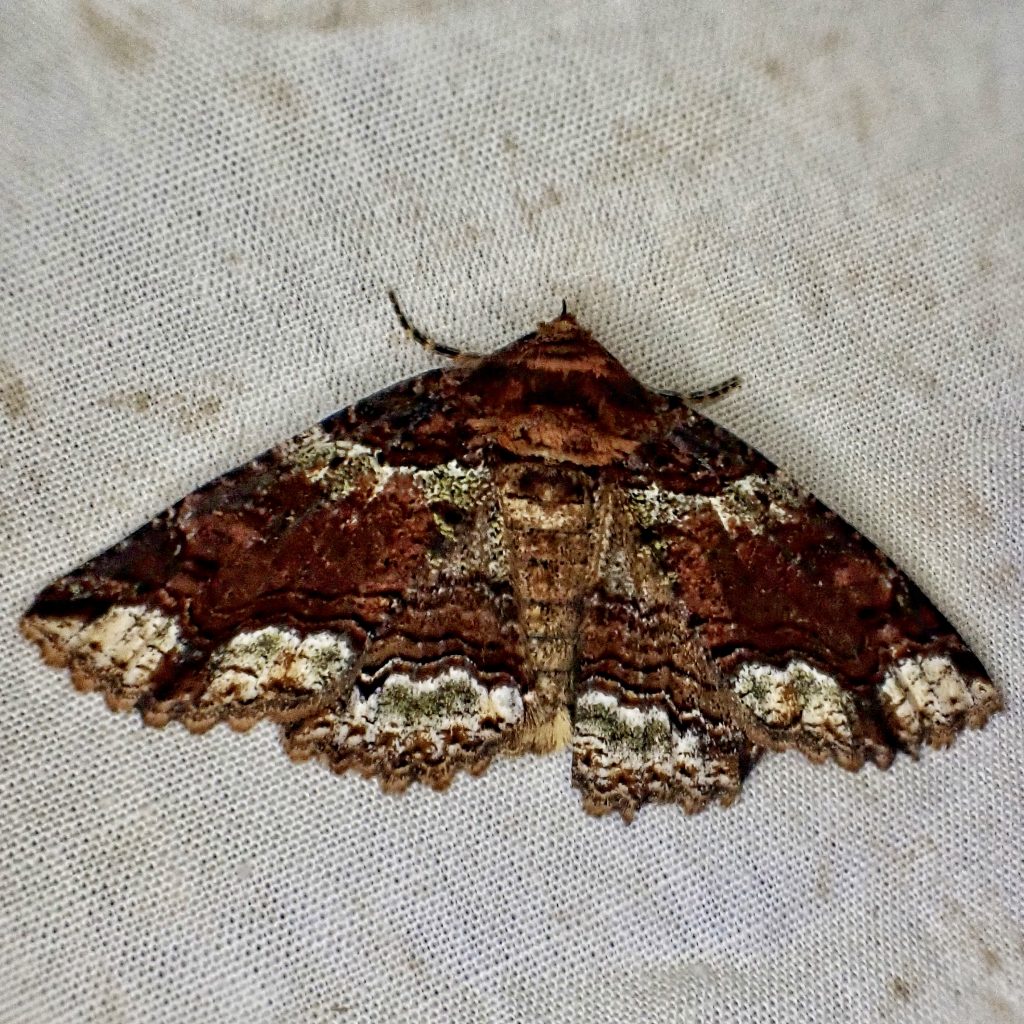
Both of the most common Zales in our region are highly variable in appearance, are often sympatric due to similar larval host needs (primarily willows, alders, and maples in our region), overlap in the range of sizes, and each can look very much like the other. The key to telling these two members of the family Erebidae apart is contained in the postmedial line. Both have downward bulges about halfway across, but that of Z. minerea is smoothly rounded, while the bulge in Z. lunata is distinctly bilobed.
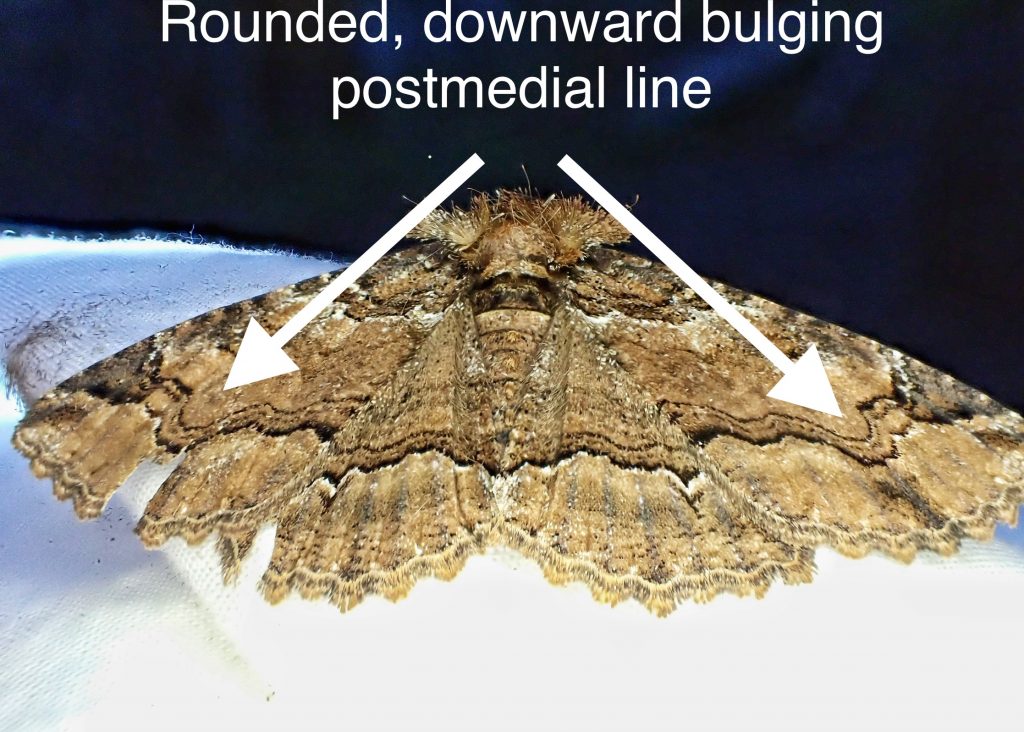
The Colorful Zale Moth is frequently very colorful, but is also often mostly a very restful and warm shade of brown, almost like living velvet. They are settlers on the sheets, so that once they’ve arrived they are there all night, and they are one of those species that I end up taking a photo of each time I walk by, because it’s like looking at fine art (with a punk twist due to the transverse mohawk) when I view them through the slight magnification and direct yet soft light of the viewfinder, although I occasionally regret my greediness when it comes time to edit all of those photos.
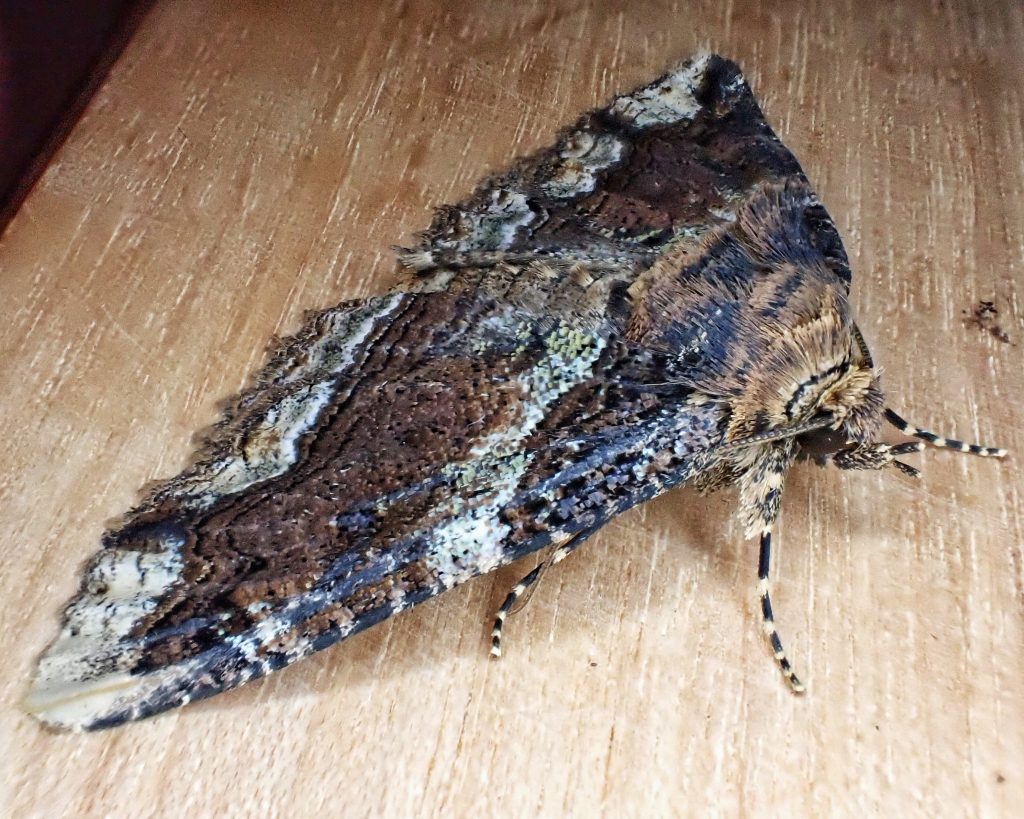
Updated Facebook note-For a variety of reasons, most of which have to do with regulating my blood pressure and freeing up significant blocks of time, as of May 15 I will not be routinely sharing links to these posts in many of the Facebook groups to which I belong. I am sorry for the inconvenience, but anyone wishing to see new profiles after that date can follow me on Facebook, since all posts will be shared to my timeline/wall/page. Please don’t attempt to ‘friend’ me- I have been inundated with spam ‘friend requests’ in the last couple days, and after receiving several hundred per day I am now unilaterally denying all requests. Or you can take advantage of the free subscription option on the website, and all new posts will be emailed to you.

Description-Highly variable in appearance; Large (fw length 20-23mm), mostly warm brown moth with scalloped wing margins and a transverse ridge of upturned bristles on the front of the thorax; fw darker near the costa; may have patches of metallic blue, red, or green scales near the base of the forewing, and often has whitish or light grey patches along the antemedial line, and below the post medial line; transverse lines are wavy and black, and the postmedial line has an obvious and smoothly rounded, downward bulge in the middle.
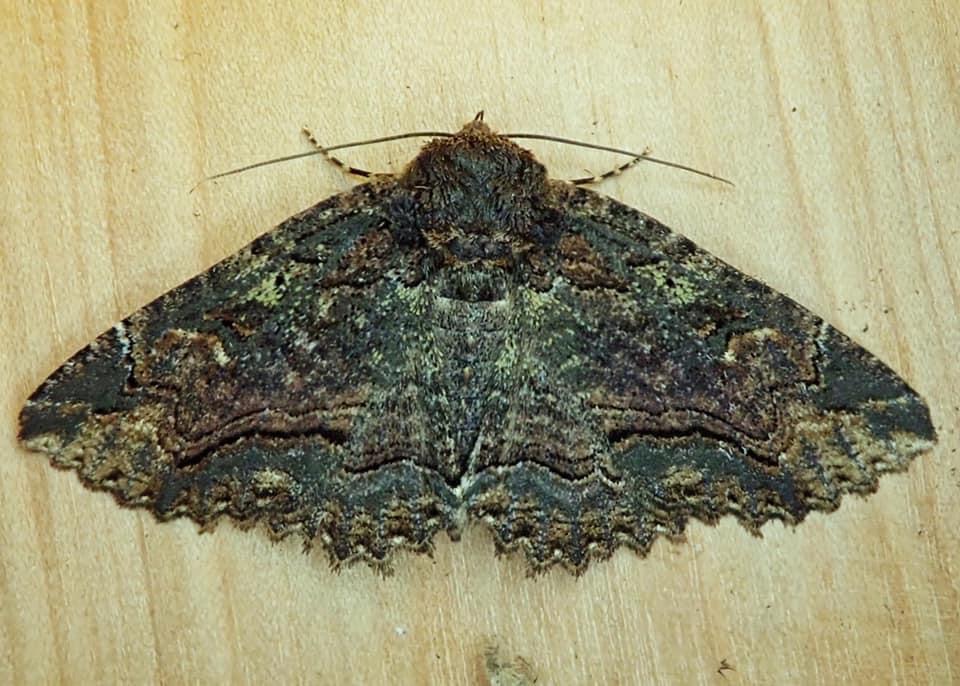
Similar species–Zale lunata is larger (fw length 21-25mm),and has a bi-lobed bulge of the black postmedial line; Z. termina and Z. rubi are smaller (fw length under 20mm), and have a much sharper bulge in the postmedial line which often extends into a point.
Habitat– Hardwood and mixed forests and woodlands containing alder, willows, maples, or one of their many other host plants.
Range-North America; region wide in appropriate habitat in the PNW
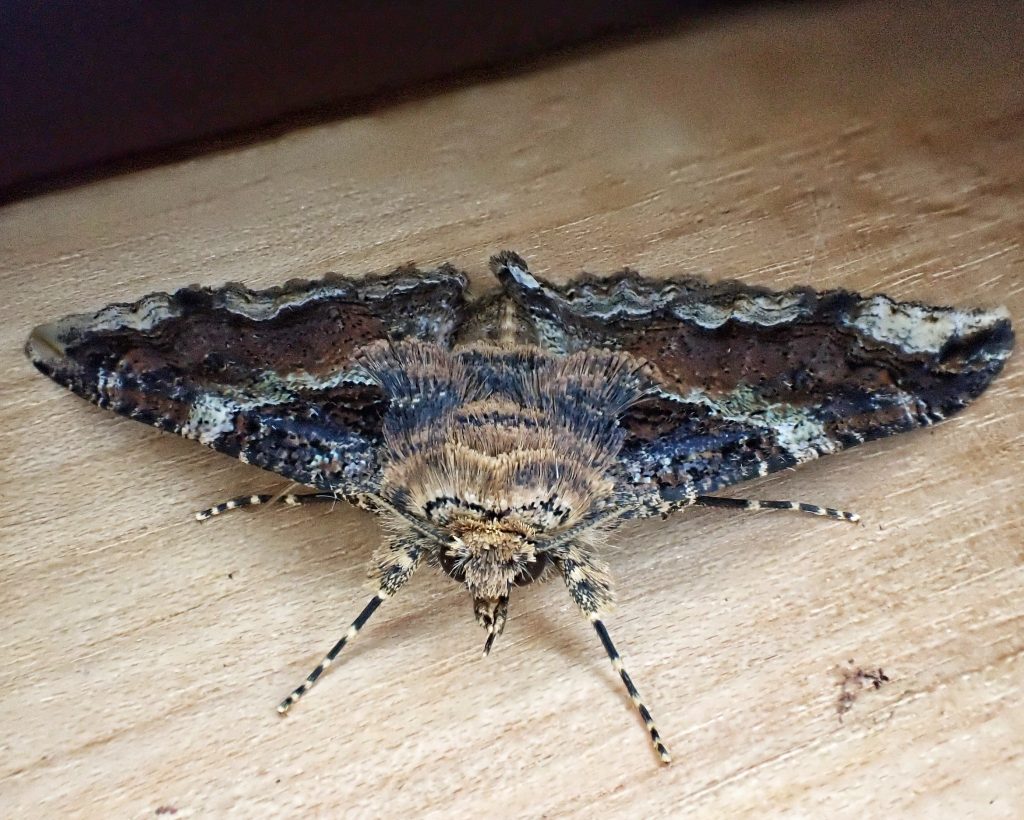
Eats-Larva feed mostly on willows and alder in our region, but can also be found feeding on other members of the families Betulaceae, Salicaceae, Rosaceae, Ericaceae, and Aceraceae; I can’t find information about what, if anything, the adults feed upon.
Eaten by– Probably insectivores of all classes
Adults active-April to August, with a peak in May.
Life cycle-Univoltine; may overwinter as pupae.
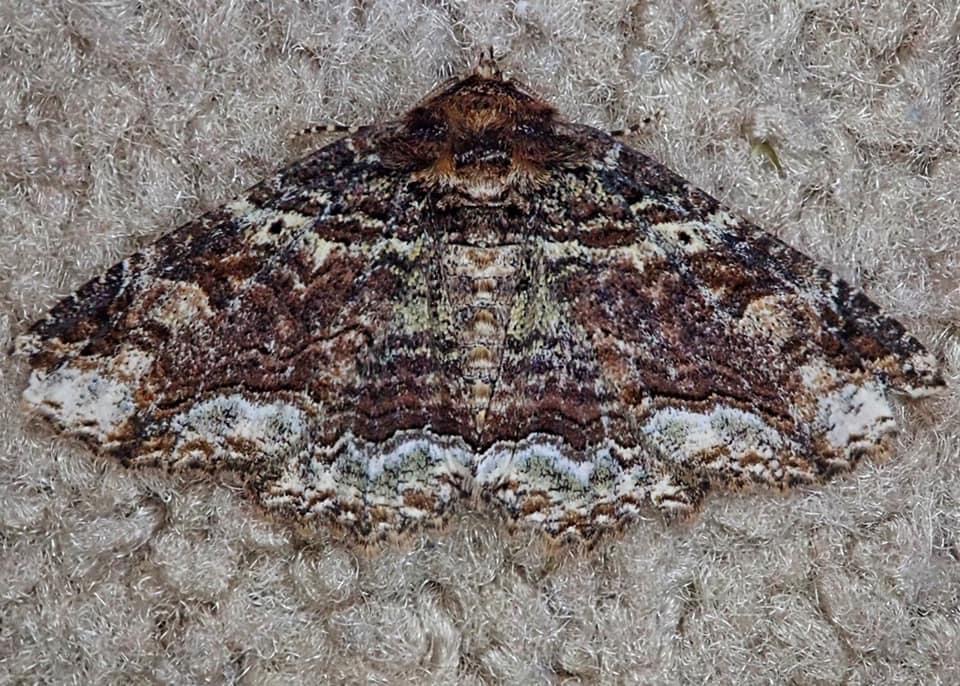
Etymology of names–Zale may come from the Greek word for ‘storm/surging sea’, but I can find no proof of that, nor what it may reference. The specific epithet minerea appears to come from the Latin word for mineral, and may reference the combinations of metallic looking scales on this species, but I cannot ascertain this either.
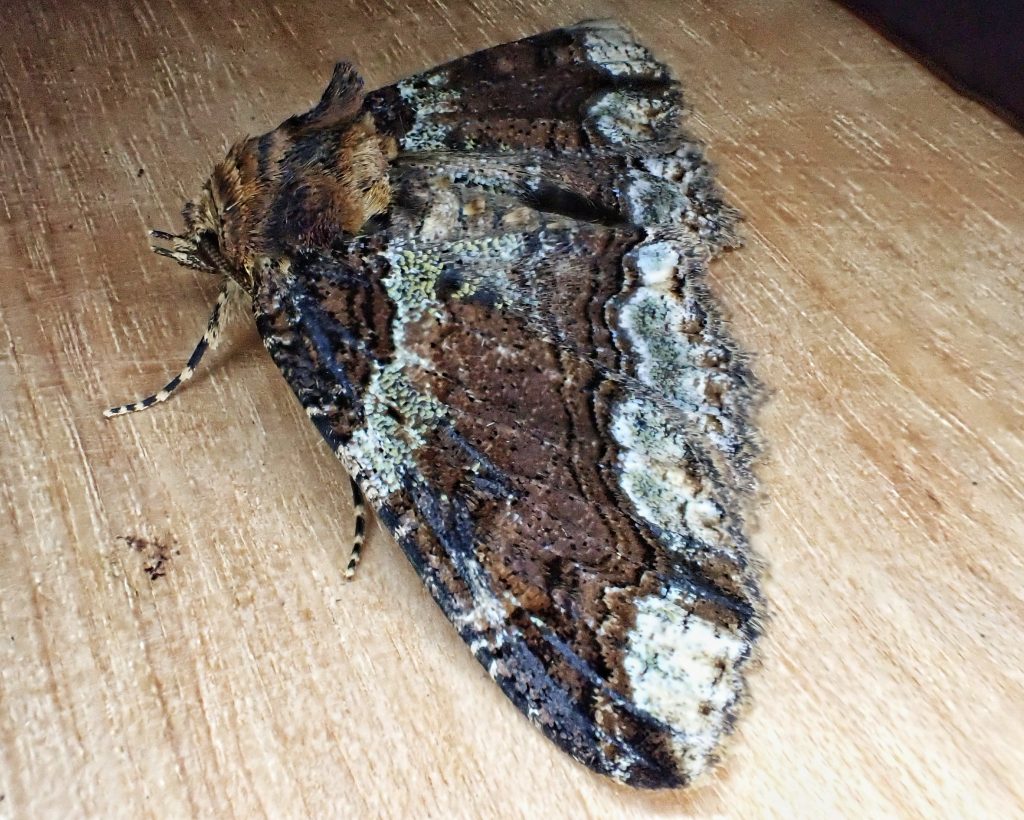
https://bugguide.net/node/view/32763
http://mothphotographersgroup.msstate.edu/species.php?hodges=8697
https://www.insectidentification.org/insect-description.php?identification=Colorful-Zale-Moth
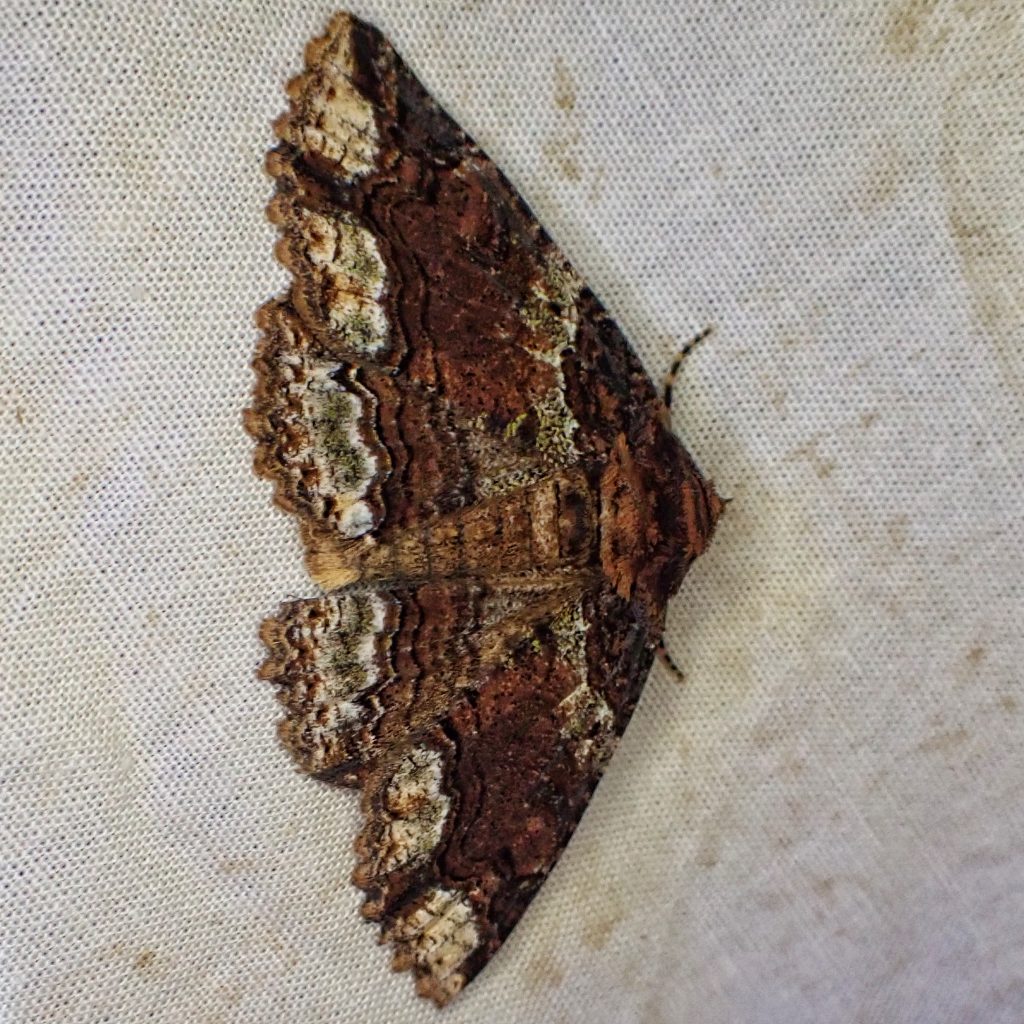
Oh, those are absolutely lovely!
Hi Dan did you make a post about what your night set up is for observing moths? do you just use a regular white sheet? any particular light set up better than others? Id love to try that to see what arrives and then watch them fly away free
I did a blog about mothing where I show a couple of my setups;
http://10000thingsofthepnw.com/2020/09/05/mothing-2/
But if you’re doing it at home hanging a white sheet near a porch light with one of the CFL UV bulbs in the socket will do well. I bought two different UV lights from BioQuip that weren’t too expensive and work very well. I also have a black light designed for parties that seems to attract them adequately. I have a converter for the lights that take 110 so I can run off batteries, and the BioQuip bulbs are dc.
thank you Dan!